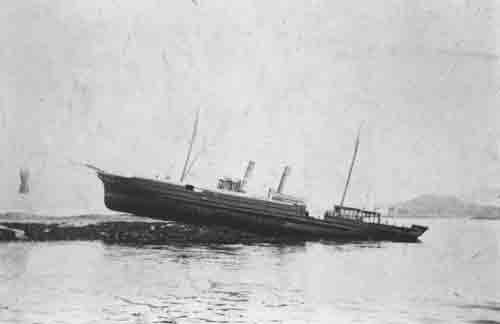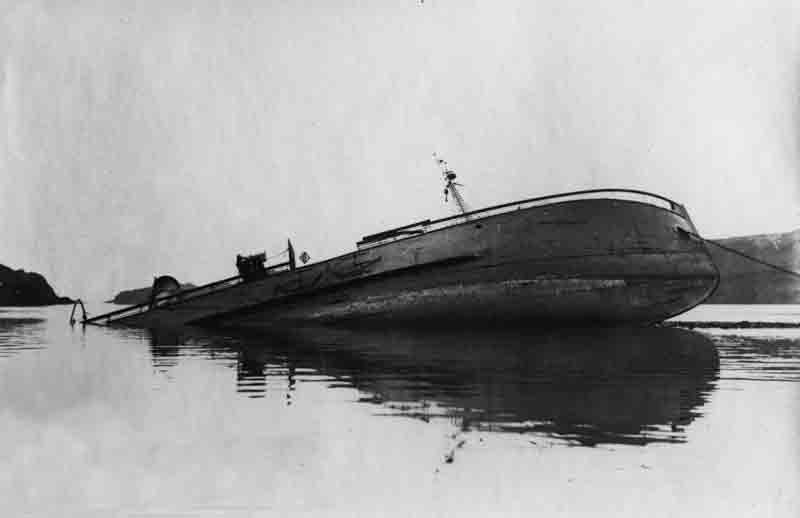The long peninsula of Kintyre, stretching some fifty miles from Tarbert in the north to the Mull in the south, forms a substantial protective barrier for the Firth of Clyde from the worst extremes of the Atlantic swells.
On the east side the scenery is gentle, escaping the onslaught of the prevailing wind and weather from the south west and west. It is on this coast that the main town of the region – Campbeltown – nestles around the sheltered shores of its famous loch. The seabed off shore here drops fairly steeply into the deep channel of Kilbrannan Sound. The west coast on the other hand, for most of its length, has sand beaches and a gently shelving seabed. This and its exposure to the prevailing winds, make it a spectacular place with massive rollers breaking over sand and rocks leaving a mist of sea spray hanging in the air ashore even in relatively calm weather.
At the north end of the peninsula lies the picturesque, but often windswept, islands of Gigha and Cara but it is at the south, around the dramatic cliffs of the Mull and close to the small island of Sanda, that the area shows its real character. The tides in this vicinity can be fierce. The lighthouse on the Mull, first lit in 1788, looks down on a wild scene where, in bad weather and often even in comparatively calm conditions, gigantic seas build as the currents of the Atlantic, the Clyde and the Irish sea meet in the narrow North Channel. It is these tides and the area’s location as the first major landfall in Scotland for shipping from the Western Approaches that has caused the majority of the areas many shipwrecks.
Kintyre and Gigha offer some of the best dive sites in the West of Scotland, especially those on the west side open to the clearer waters flooding in from the Atlantic. The peninsula itself also gives the diver visiting the area the advantage of a lee shore dependant on the prevailing weather conditions.
Dive sites within this area can be split into three basic categories. Firstly the east side, here wreck sites offshore tend to be less affected by tide and are generally protected from the prevailing westerly winds. Secondly, the south coast from Sanda round to the Mull lighthouse. This is an area of strong tides, rich and colourful saline, with sightings of porpoise and dolphins not uncommon.Here the bulk of the wrecks are from standings and are heavily broken up from salvage and the weather. Finally the west coast of Kintyre and the islands of Gigha and Cara provide excellent conditions with offshore visibility on the wrecks often in the 10-15 metre range.Tidal flows in the area can be strong, increasing in the southern section nearer the Mull of Kintyre. In recent years new wrecks have been discovered offshore in deeper water such as the Ben Hann, Falcon, Leven, Udea and an un-identified iron paddle tug. There are many more to be found.
































